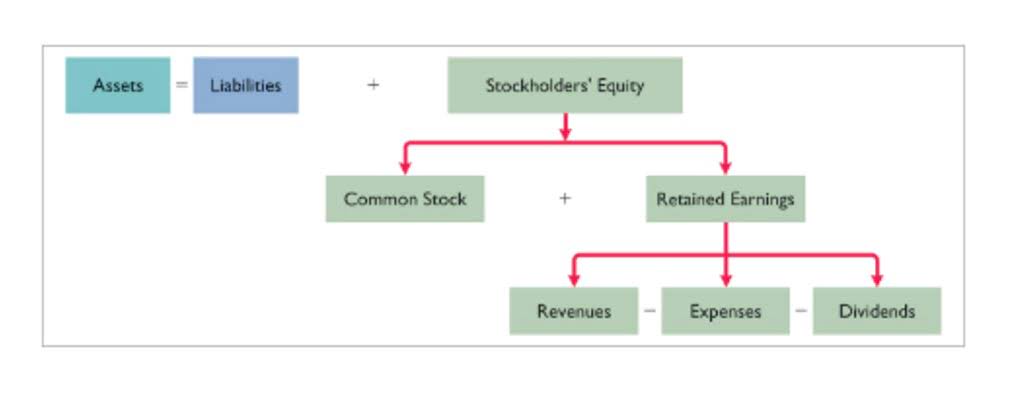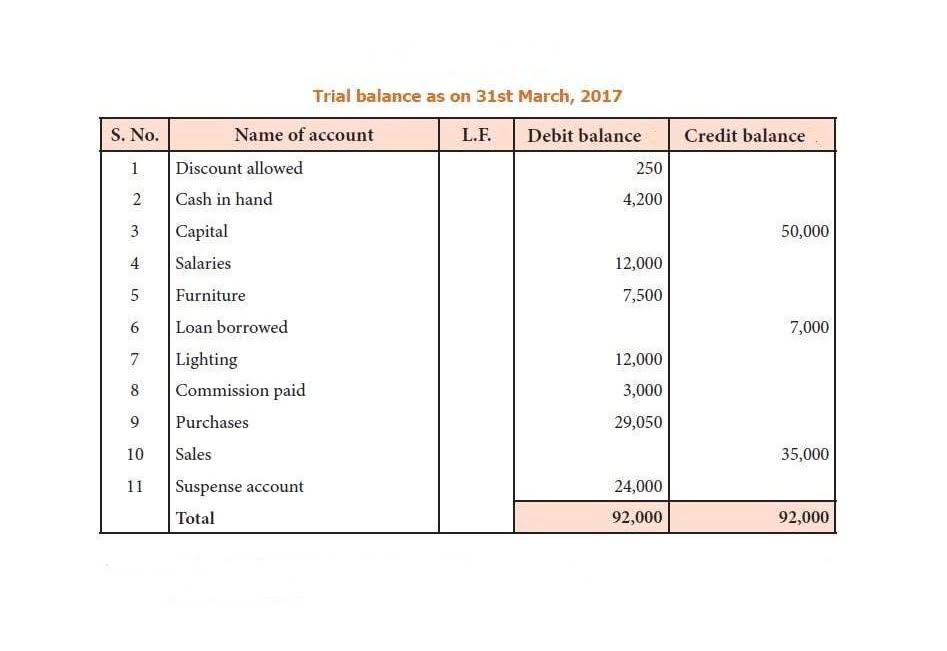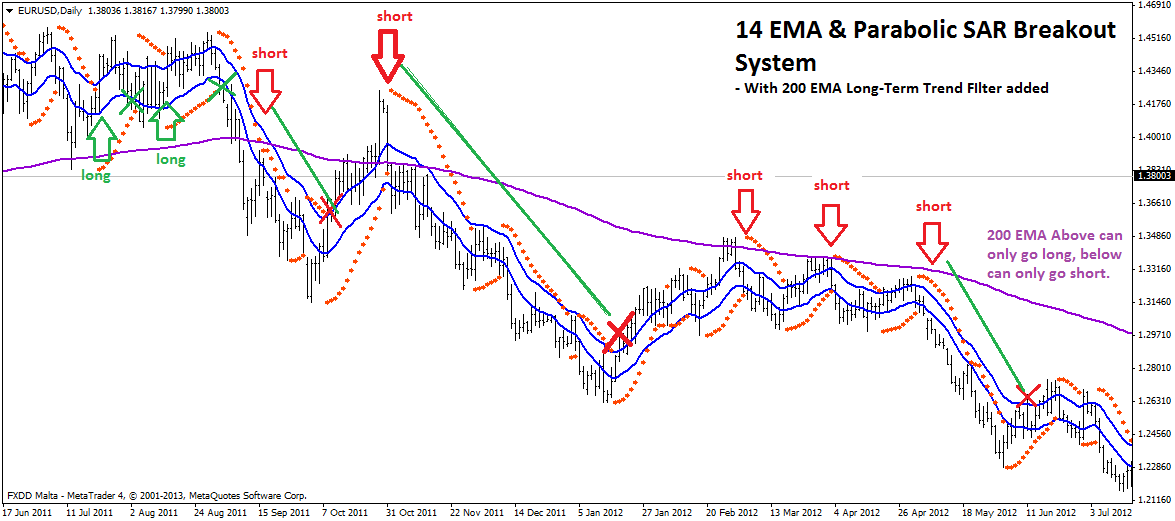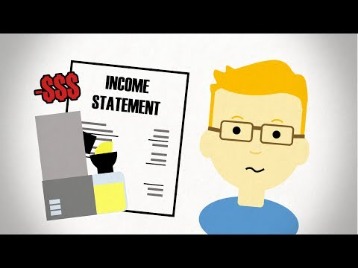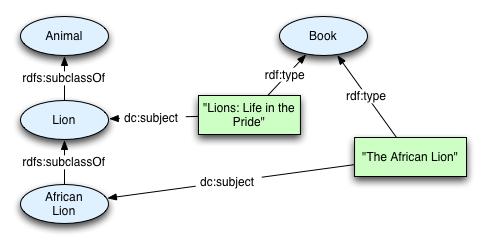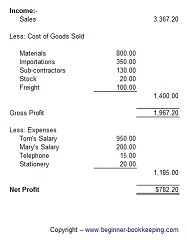
For instance, the provider could improve the font size of the invoicing field names to improve user experience. With Helcim, you get everything you need to accept credit card payments online or in-person with a free account, plus high-quality support from real humans. Merchants must enable recurring payment options in the payment flow, and the customer must agree to the ongoing charge.
Integrate with internal systems
If a customer paid an invoice or subscription outside of Stripe, you can manually mark it as paid in the Dashboard. Stripe invoice templates make it easy to follow invoicing best practices in the region. Accelerate your growth and help your prospects experience the full value of your product risk-free before subscribing. Help customers make an informed purchase decision by letting them try out your product for free or at a lower price. Everything a Business Needs to Know About Credit Card Processing Gateways Are your customers leaving their carts because paying is too slow or confusing?

How Do You Cancel a Recurring Payment on a Credit Card?
If a user wants to change their payment method, view their billing history, or even end their subscription, a dedicated portal or dashboard should make it easy. To increase retention, that same portal can dynamically offer customers alternatives based on their cancellation reasons. For example, if a customer thinks your price is too high, you could encourage them to downgrade to a cheaper plan or pause their subscription instead. Subscription logic is made up of time-based and price-based rules that, together, accurately charge your customers on a predetermined cadence.
- Each staff reviewer at Merchant Maverick is a subject matter expert with experience researching, testing, and evaluating small business software and services.
- Helcim’s pricing model is unique, offering a volume-based discount structure.¹² The platform charges an average universal transaction fee of 2.40% + 25¢.
- Modern billing solutions are designed to adapt to diverse needs, supporting both small and large enterprises in today’s dynamic market.
- Regular income helps companies better manage expenses and investments and reduces financial uncertainty.
- Use our composable API to customize and automate changes to subscriptions over time.
Recurring payment processing
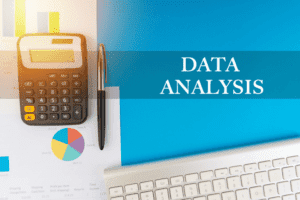
Stripe handles mandate registration and automatically https://www.bookstime.com/articles/how-to-calculate-burn-rate-for-your-business sends pre-debit notifications before charging customers. Effective communication is vital to keeping customers informed about billing schedules and changes. Clear instructions for updating payment methods help resolve issues swiftly.

Best Recurring Billing Software in 2024
Compliance with regulations like the Payment Card Industry Data Security Standard (PCI DSS) is crucial to protect sensitive information and maintain trust. Automating invoicing accelerates payment cycles, leading to improved cash flow and greater operational efficiency. If you have a SaaS or subscription business or you’re planning to start one, one of the most critical and frustrating things you’ll bump against is your pricing strategy. But if your pricing is right and you provide value, your customer base is going to grow. If you follow any of the above, a recurring billing management platform should facilitate it and remove unnecessary complexity from your plate. Recurring billing can be used by any business which offers its services on a recurring basis.
What are the basics of recurring revenue?
Offering seamless and hassle-free payment experiences can be a significant competitive advantage. Managing billing cycles effectively requires monitoring for issues such as incorrect billing amounts or system errors. Businesses should regularly review their billing processes to ensure they run smoothly and make necessary adjustments. Some companies offer grace periods or flexible billing dates to improve customer satisfaction. Chargebee is a subscription management revenue operations platform that integrates seamlessly with your existing systems and normal balance streamlines your billing operations.

- Users must have a subscription to QuickBooks Online to use QuickBooks Payments and recurring billing.
- Turn on the QuickBooks Payments feature (watch this how-to video), and your customers will have the ability to pay invoices online.
- We also like that Zoho Billing has good integrations with both Zoho Books and QuickBooks Online.
- The annual payment cycle helps you generate more revenue and encourage customer loyalty by allowing you to offer discounts for long-term commitments.
- Do you have a finite set of standard products or are most of your orders customized?
- Moreover, recurring billing allows customers to spread out their payments over time, making expensive products or services more affordable.
Customers who sign up for recurring billing are more likely to continue using the product or service, providing a stable and consistent customer base. This recurring billing can lead to higher customer lifetime value and increased profitability for businesses. Recurring billing has revolutionized the way businesses collect payments and manage their cash flow. By implementing a recurring billing system, businesses can ensure a steady stream of revenue, automate the payment process, and reduce the risk of missed payments. This not only improves efficiency but also enhances customer satisfaction by providing a seamless and hassle-free payment experience. Automate your recurring billing tasks with ChargeOver’s automatic billing software.
This means that businesses can save a significant amount of money compared to using other automatic payment providers, especially if they are processing payments in different currencies. For businesses needing more extensive features or a higher client volume, FreshBooks also offers a custom-priced “Select” plan. Keep in mind that all plans allow for unlimited invoices and estimates but boast more robust features the higher the tier. Research shows that 65% of businesses spent 14 hours per week on admin tasks relating to collecting payments.¹ Luckily, there are fantastic options available for streamlining your payment process. Efficiently manage recurring charges for medical services, subscriptions, and insurance premiums, ensuring compliance and seamless billing. Gain insights into your growth, churn, and retention rates through automatically generated reports.


